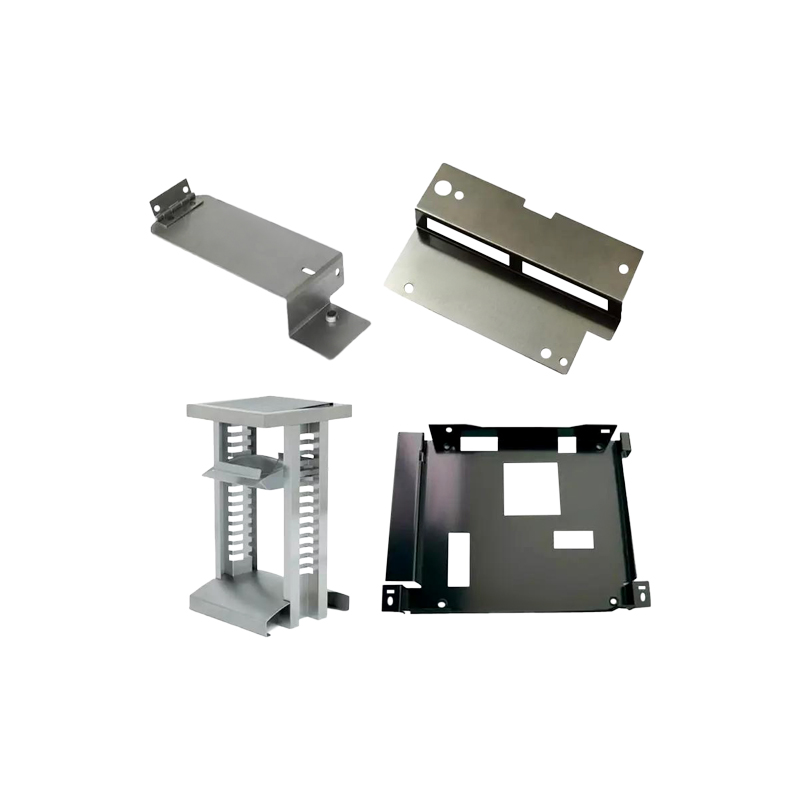Home / News / Industry News / How does stainless steel stamping perform in terms of strength and durability?
Stainless steel stamping is known for its excellent strength and durability properties, which make it suitable for a wide range of applications. Here are some key points:
Strength: Stainless steel offers impressive strength characteristics across various grades. This strength primarily stems from its alloy composition, typically consisting of iron, chromium, nickel, and other elements like molybdenum or titanium. These alloys contribute to the formation of strong, stable crystalline structures within the metal. For instance, austenitic stainless steels (such as 304 and 316) exhibit high tensile strength, typically ranging from 50,000 to 100,000 psi. This makes them suitable for structural applications where robust load-bearing capacity is crucial, such as in building construction, automotive components, and industrial machinery.
Hardness: Stainless steel can achieve varying degrees of hardness through cold working processes like stamping or heat treatment methods such as annealing, quenching, and tempering. Cold working increases the hardness of stainless steel without compromising its ductility, making it suitable for applications requiring wear resistance and dimensional stability. Hardened stainless steel parts are commonly used in tools, cutlery, surgical instruments, and industrial components that undergo abrasive wear or impact.
Corrosion Resistance: One of stainless steel's most renowned properties is its exceptional resistance to corrosion. This resistance is primarily due to the formation of a passive oxide layer on its surface when exposed to oxygen in the atmosphere. This oxide layer acts as a barrier, protecting the underlying metal from environmental factors such as moisture, chemicals, and oxidation. As a result, stainless steel is highly resistant to rusting, tarnishing, and staining, making it ideal for applications in harsh environments such as marine and coastal structures, chemical processing plants, food processing equipment, and outdoor architectural elements.
Durability: Stainless steel is renowned for its durability, capable of withstanding prolonged exposure to harsh conditions and environments without significant degradation. This durability is crucial in applications where longevity and reliability are paramount, such as in aerospace components, automotive exhaust systems, medical devices, and household appliances. Stainless steel's durability ensures minimal maintenance requirements and extended service life, making it a cost-effective material choice over the long term.
Fatigue Strength: Stainless steel exhibits excellent fatigue strength, which is the ability to withstand cyclic loading or repeated stress cycles without experiencing fatigue failure. This property is crucial in components subjected to dynamic loading conditions, such as springs, fasteners, hinges, and mechanical connectors. Stainless steel's resistance to fatigue failure ensures reliable performance over millions of cycles, reducing the risk of premature component failure and enhancing overall product reliability and safety.
Temperature Resistance: Stainless steel retains its mechanical properties over a wide range of temperatures, making it suitable for applications where thermal stability is essential. Austenitic stainless steels, in particular, maintain their strength, toughness, and corrosion resistance at both high temperatures (up to 870°C) and cryogenic temperatures (-196°C). This versatility makes them ideal for use in aerospace applications, heat exchangers, furnace components, and cryogenic storage vessels.
Oem Sheet Metal Processing Bending Punching Manufacturing Process Laser Cutting Stamping Fabrication



 English
English 中文简体
中文简体 Español
Español ++86 13567131698
++86 13567131698










